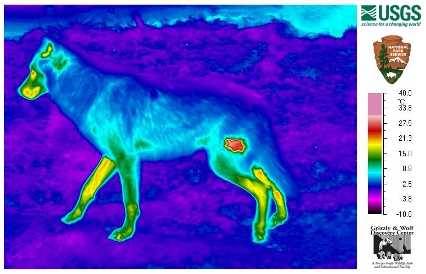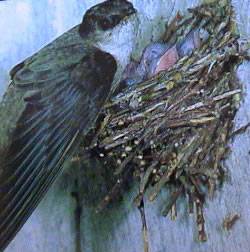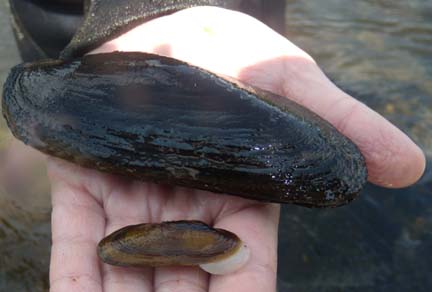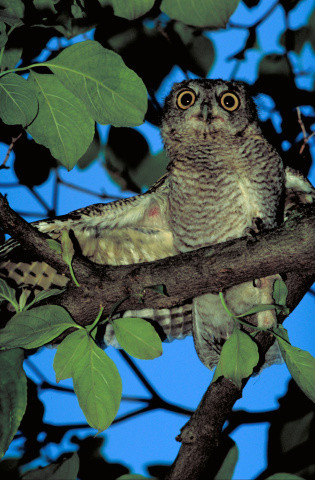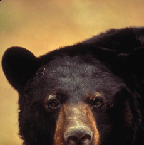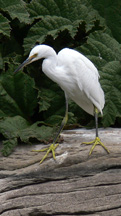 The Wisconsin Department of Natural Resources (DNR) has proposed changes to the state’s endangered species list.
The Wisconsin Department of Natural Resources (DNR) has proposed changes to the state’s endangered species list.
According to a DNR press release, it recommends removing seven animals from the list: greater redhorse (fish), barn owl, snowy egret, and Bewick’s wren, pygmy snaketail (dragonfly), Blanding’s turtle and Butler’s gartersnake. The proposal recommends nine plants also be removed from the list: American fever-few, bog bluegrass, Canada horse-balm, drooping sedge, hemlock parsley, prairie Indian-plantain, snowy campion, yellow gentian, and yellow giant hyssop.
The state is also recommending that eight other species are in need of greater protection by being listed as endangered or threatened. Those species include: three birds — black tern, Kirtland’s warbler, upland sandpiper; one freshwater mussel — fawnsfoot; and four insects — beach-dune tiger beetle, ottoe skipper, a leafhopper (Attenuipyga vanduzeei), and an issid planthopper (Fitchiella robertsoni).
The DNR will host two open house discussions of the proposal in early May.
Read the DNR press release here.
Photo: Snowy egret, photo by Lee Karney, courtesy of the US Fish and Wildlife Service

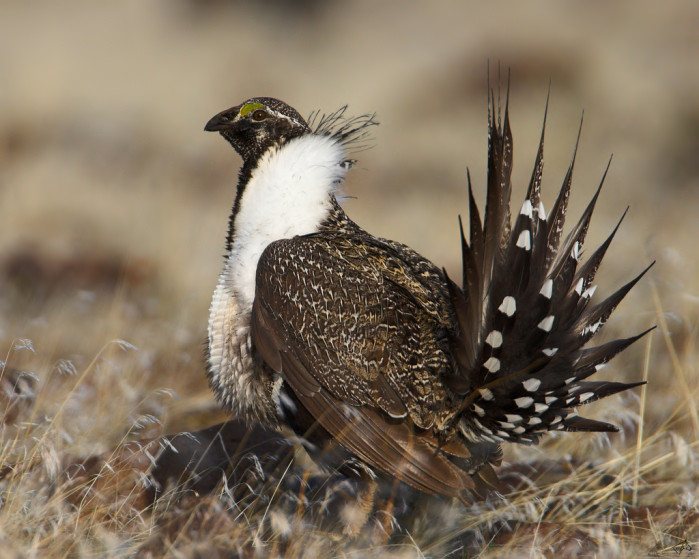 A recent study of sage grouse in northeastern Wyoming says that the population there is just one severe weather event or West Nile outbreak away from extirpation. The study was conducted by three University of Montana wildlife biologists on behalf of the US Bureau of Land Management (BLM).
A recent study of sage grouse in northeastern Wyoming says that the population there is just one severe weather event or West Nile outbreak away from extirpation. The study was conducted by three University of Montana wildlife biologists on behalf of the US Bureau of Land Management (BLM).
